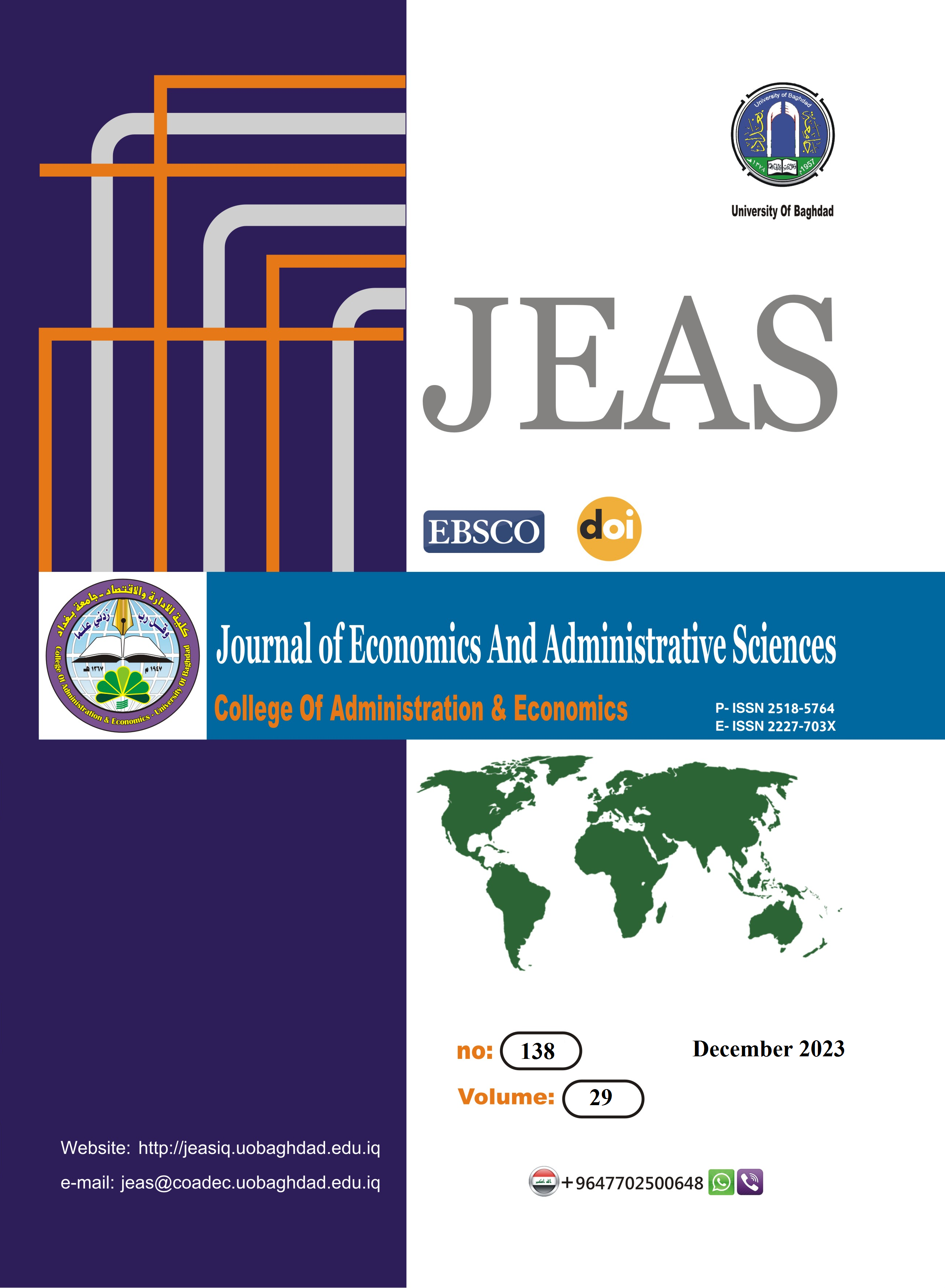Classification of Iraqi Children According to Their Nutritional Status Using Fuzzy Logic
DOI:
https://doi.org/10.33095/jeas.v29i138.3046Keywords:
المنطق الضبابي، التصنيف الضبابي، الحالة التغذوية، طريقة مامديني، إزالة التضبيب., Fuzzy Logic, Fuzzy Classification, Nutritional Status, Mamdani Method, DefuzzificationAbstract
In this paper, we build a fuzzy classification system for classifying the nutritional status of children under 5 years old in Iraq using the Mamdani method based on input variables such as weight and height to determine the nutritional status of the child. Also, Classifying the nutritional status faces a difficult challenge in the medical field due to uncertainty and ambiguity in the variables and attributes that determine the categories of nutritional status for children, which are relied upon in medical diagnosis to determine the types of malnutrition problems and identify the categories or groups suffering from malnutrition to determine the risks faced by each group or category of children. Malnutrition in children is one of the most important contributing factors to diseases and mortality. This research aims to develop a fuzzy classification system to assist in classifying the nutritional status of children under the age of five in Iraq using fuzzy logic, the fuzzy rules in the classification are derived from the Mamdani method. Therefore, by classifying the nutritional status of children more accurately, we reduce the chances of misdiagnosis and provide them with appropriate treatment more precisely to improve the health level of children and build a society more immunity and a good level of health.
The Cluster Sampling size is 16,487 observations for children under 5 years old in Iraq, consisting of 8,427 males and 8,060 females. The sample was divided into 12 age categories. The results showed that age categories less than 2, 4, 6, and 8 months had a underweight of approximately 30%. On the other hand, the age categories from 8 months to less than 2 years had a overweight of approximately 30%. While for the rest of the children in the other age groups, they had a normal nutritional status.
Paper type: Research paper
Downloads
Published
Issue
Section
License

This work is licensed under a Creative Commons Attribution-NonCommercial-NoDerivatives 4.0 International License.
Articles submitted to the journal should not have been published before in their current or substantially similar form or be under consideration for publication with another journal. Please see JEAS originality guidelines for details. Use this in conjunction with the points below about references, before submission i.e. always attribute clearly using either indented text or quote marks as well as making use of the preferred Harvard style of formatting. Authors submitting articles for publication warrant that the work is not an infringement of any existing copyright and will indemnify the publisher against any breach of such warranty. For ease of dissemination and to ensure proper policing of use, papers and contributions become the legal copyright of the publisher unless otherwise agreed.
The editor may make use of Turtitin software for checking the originality of submissions received.


























